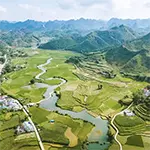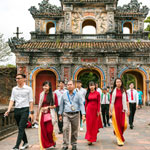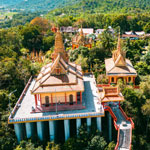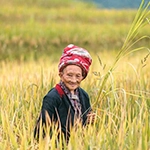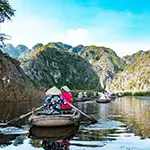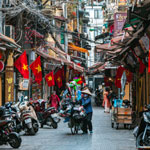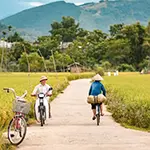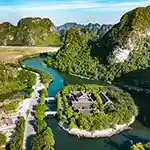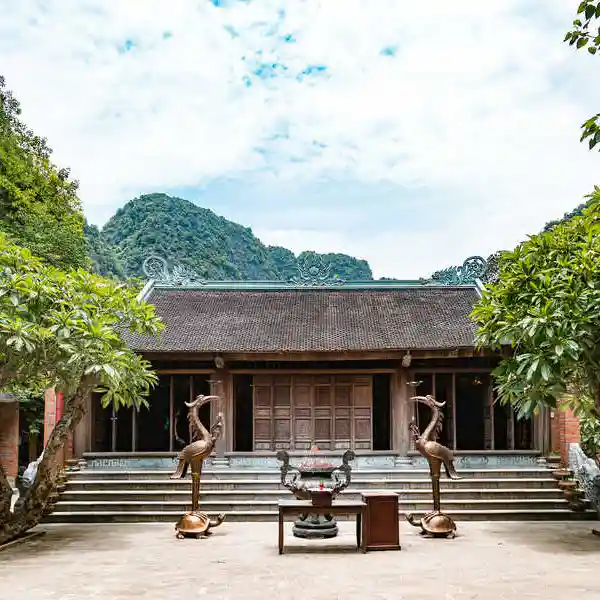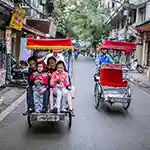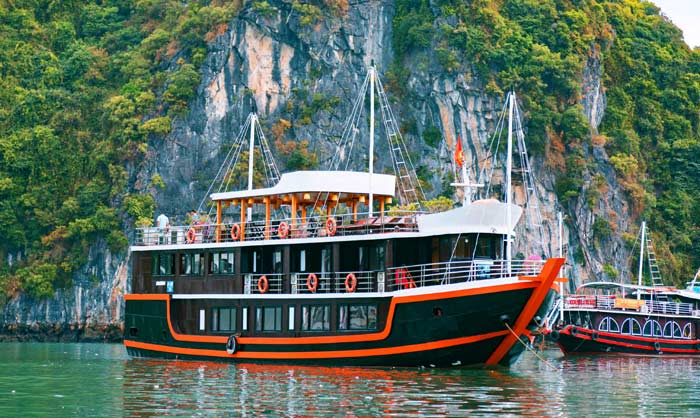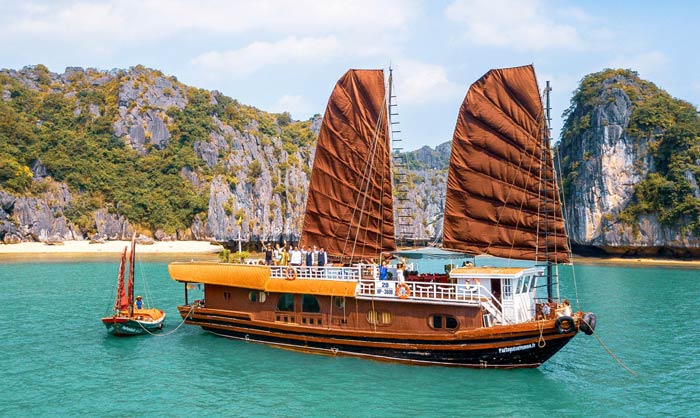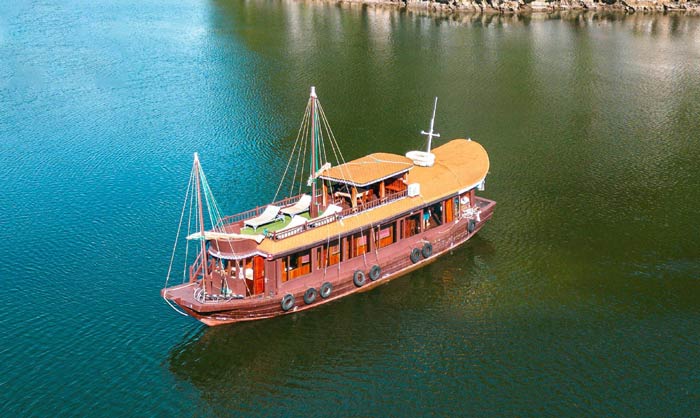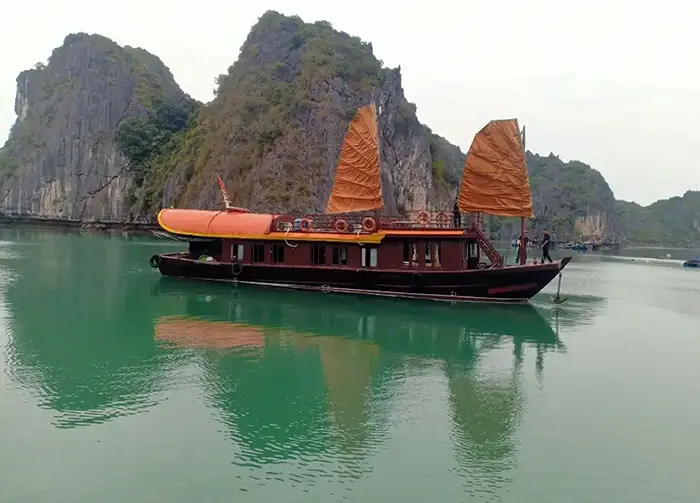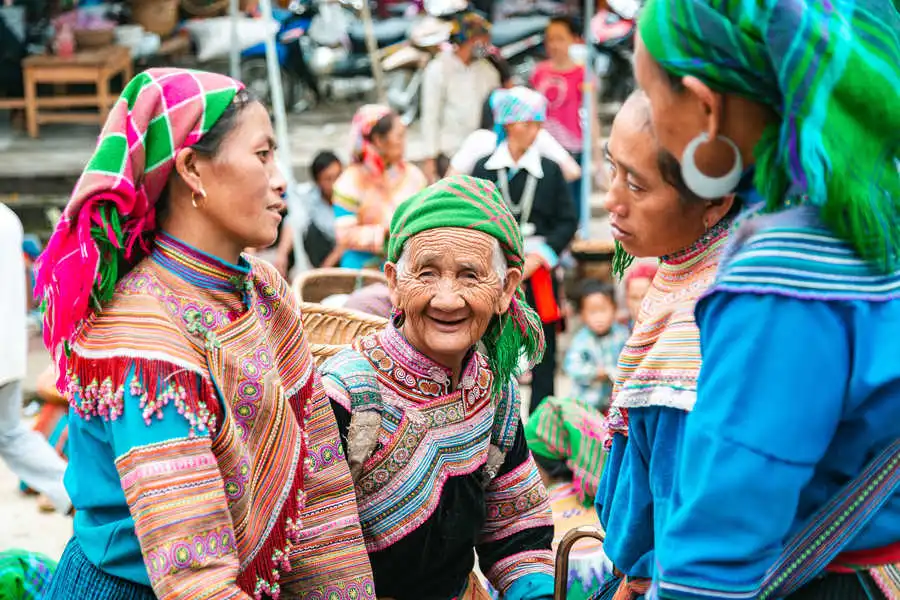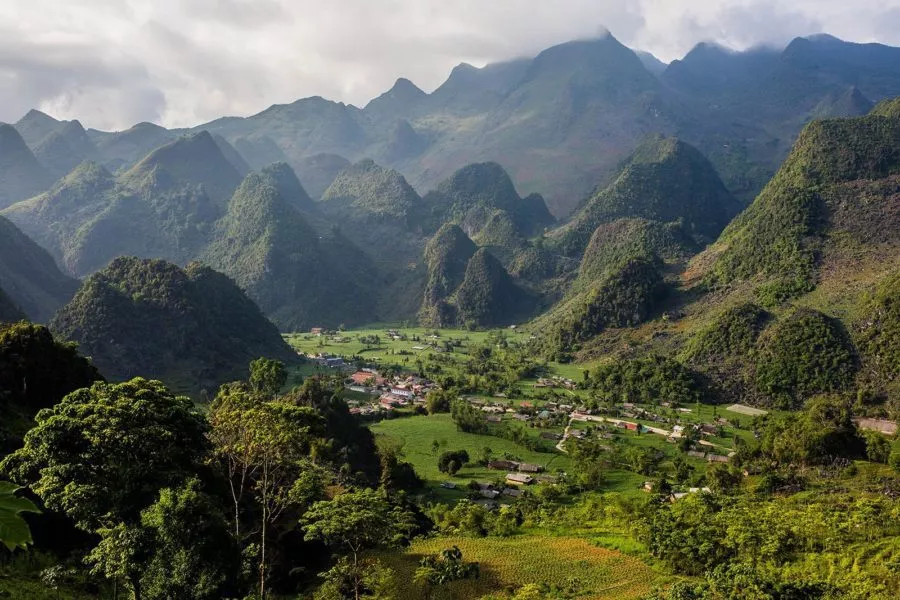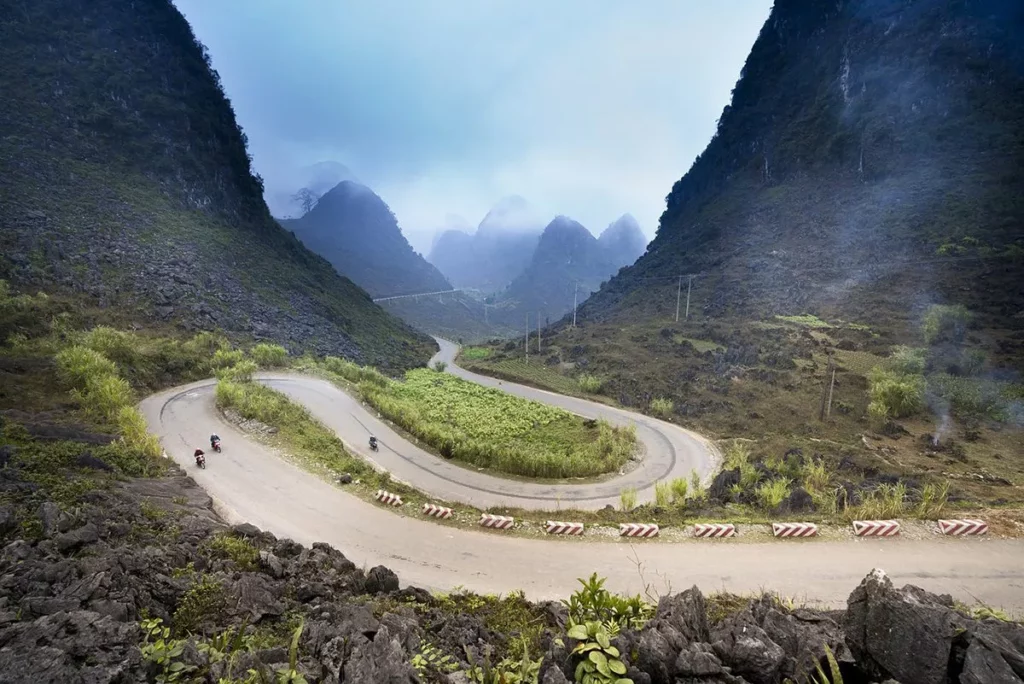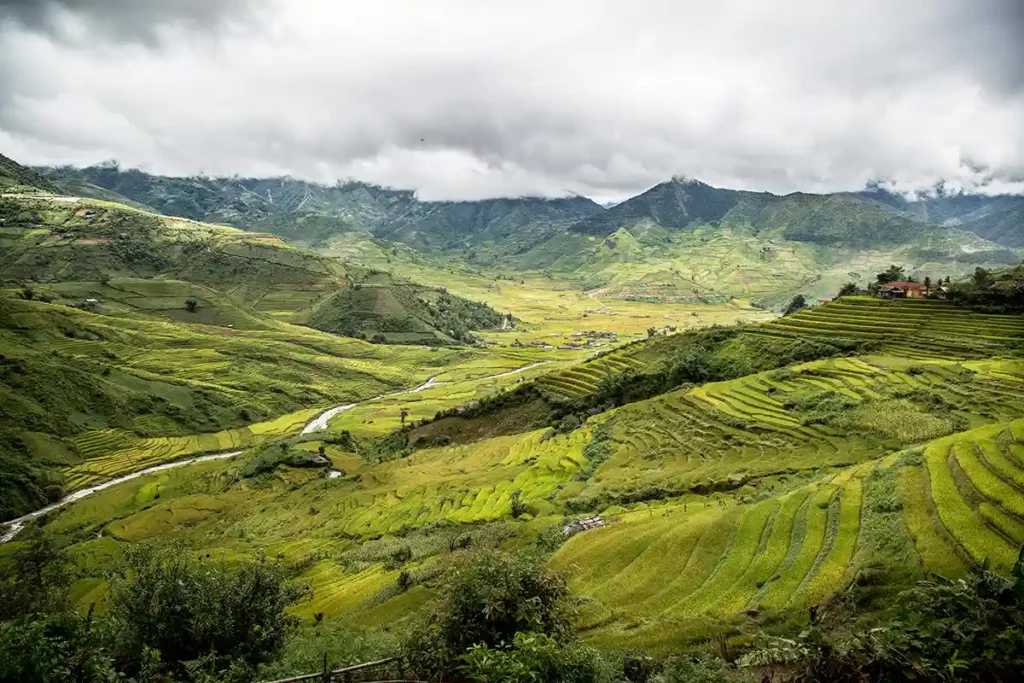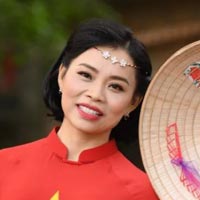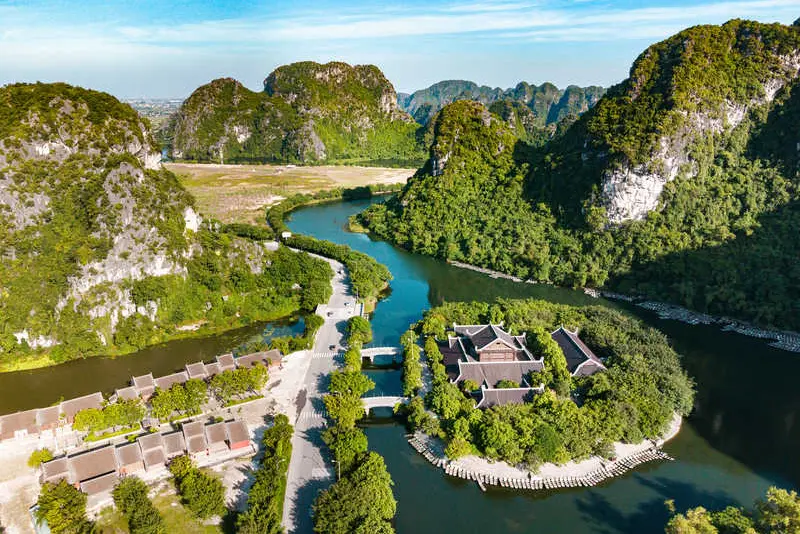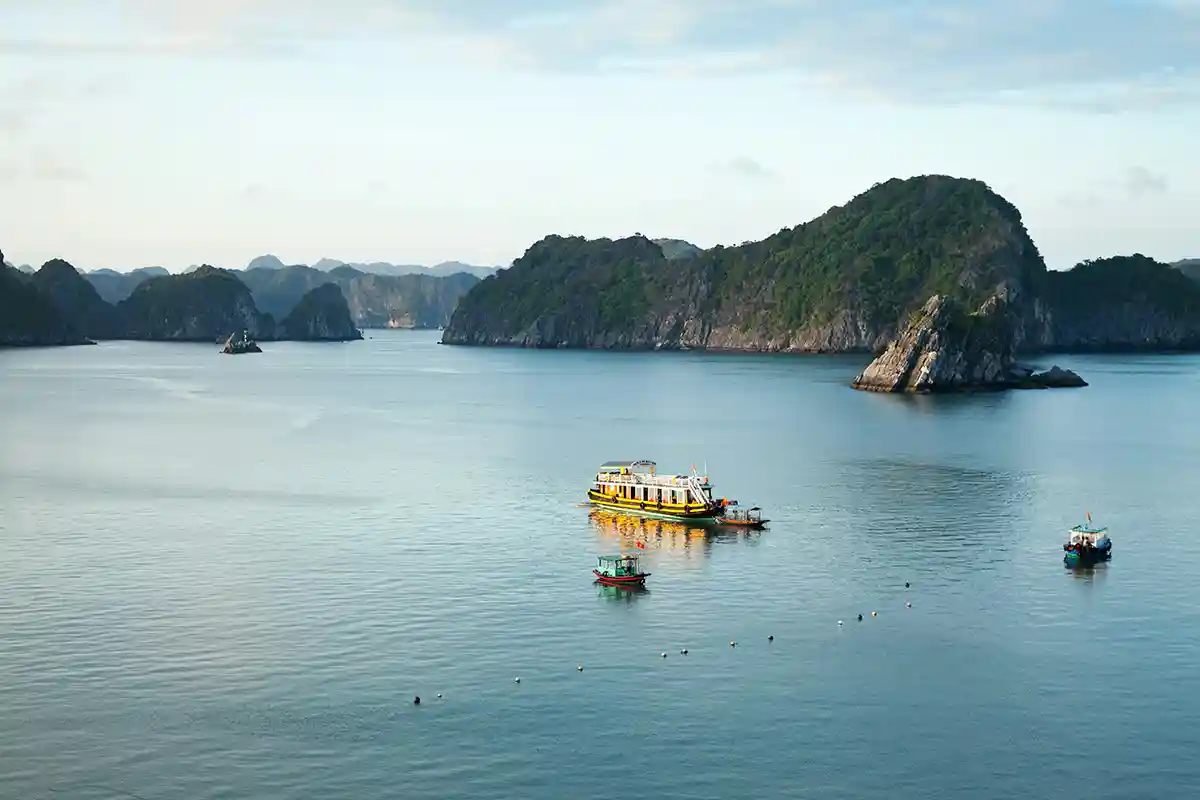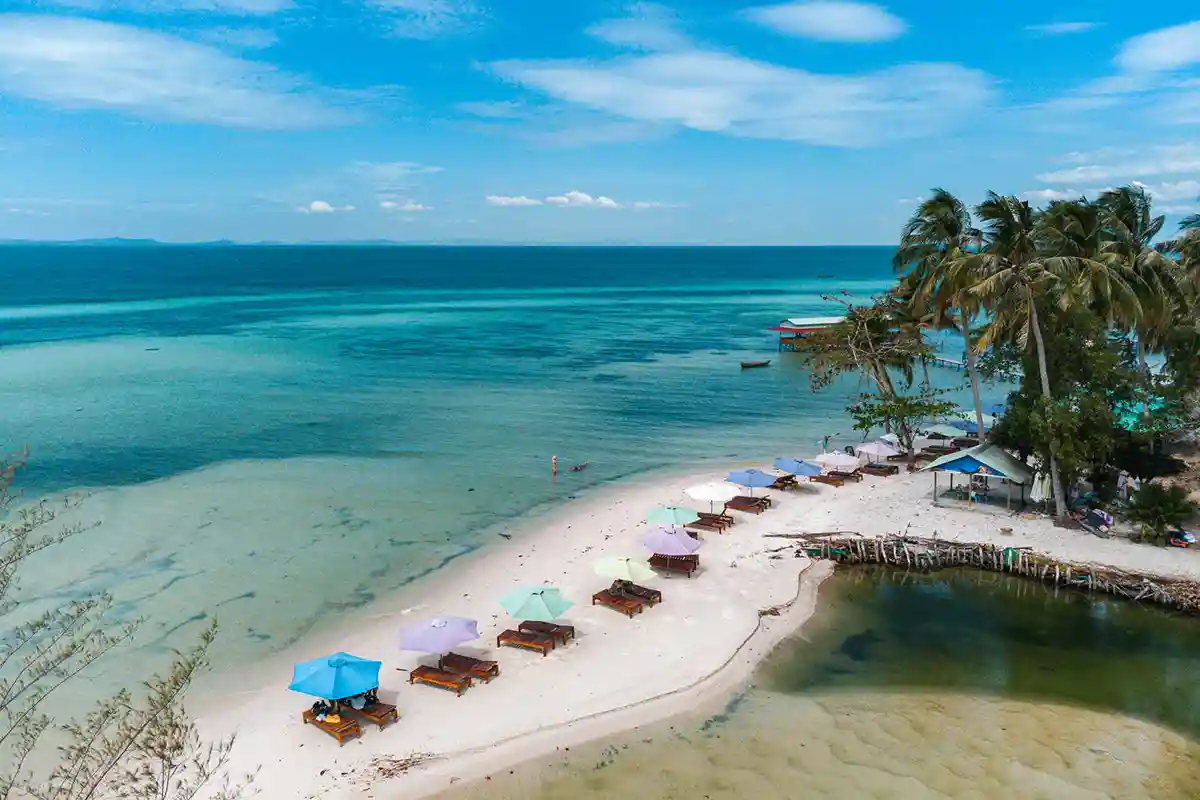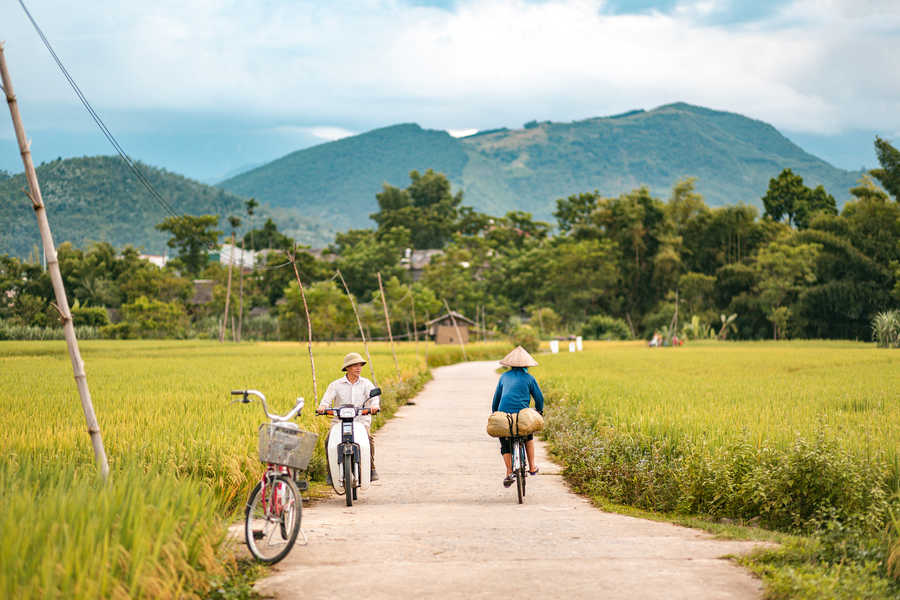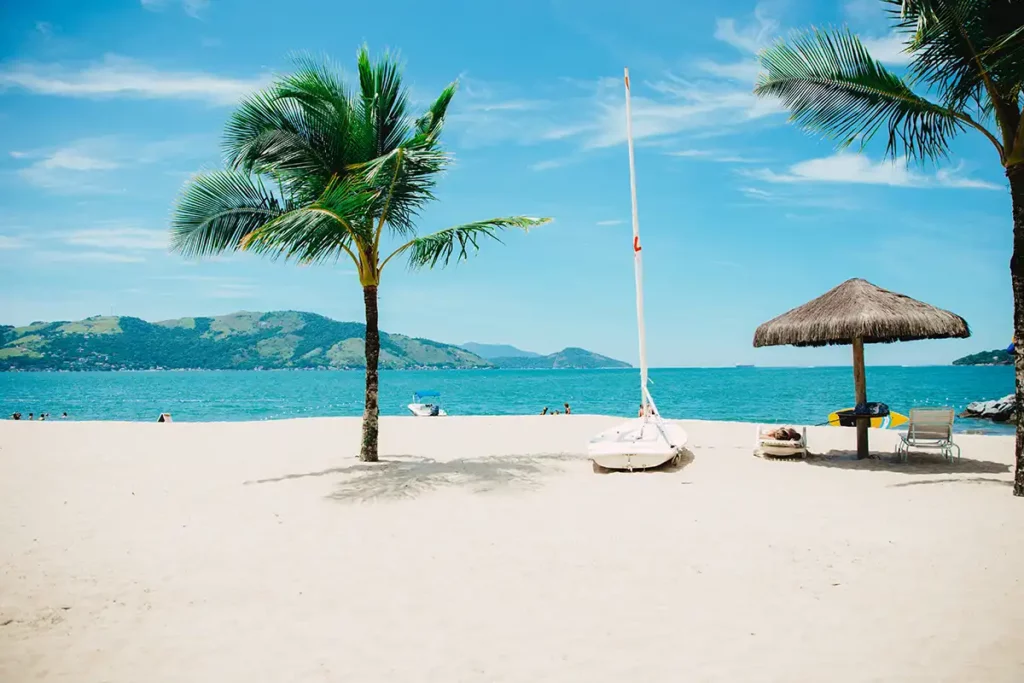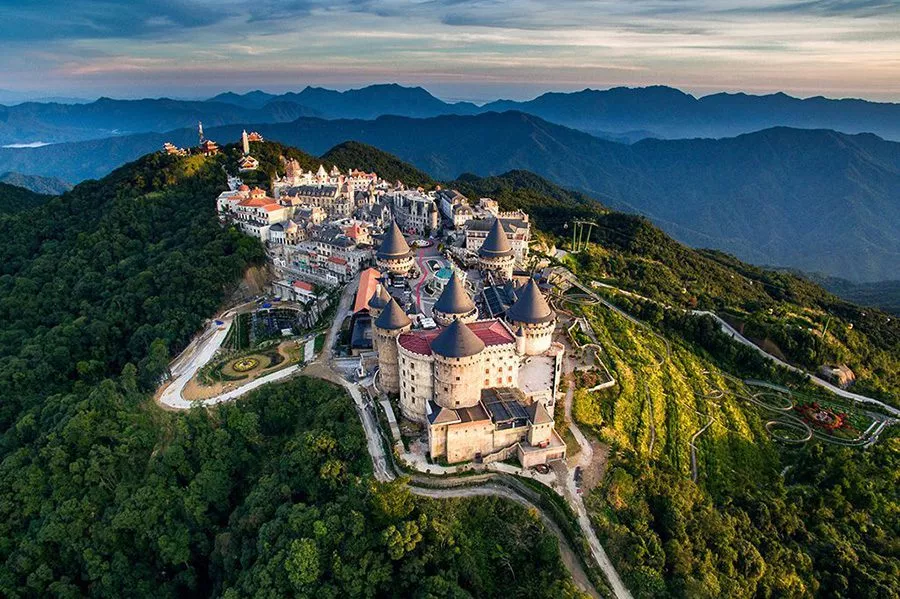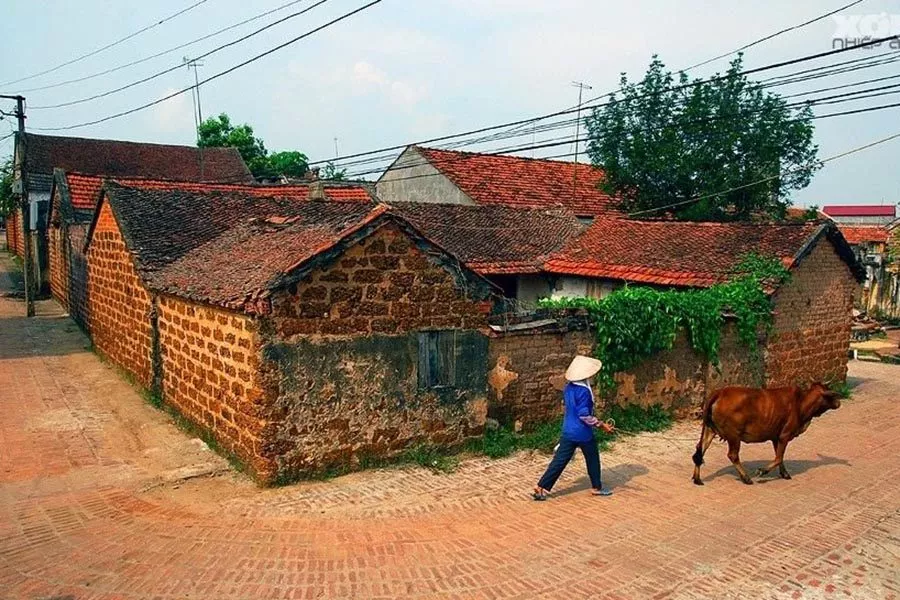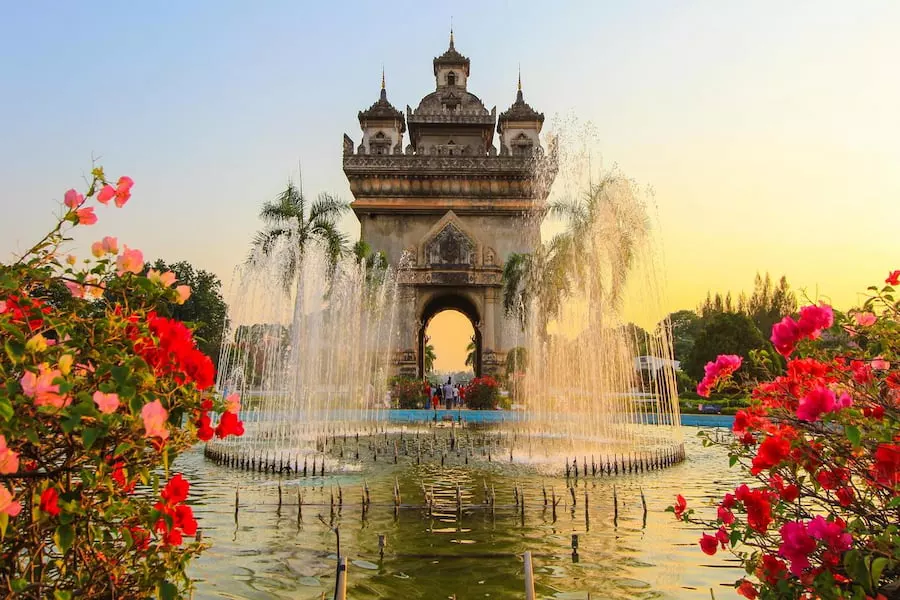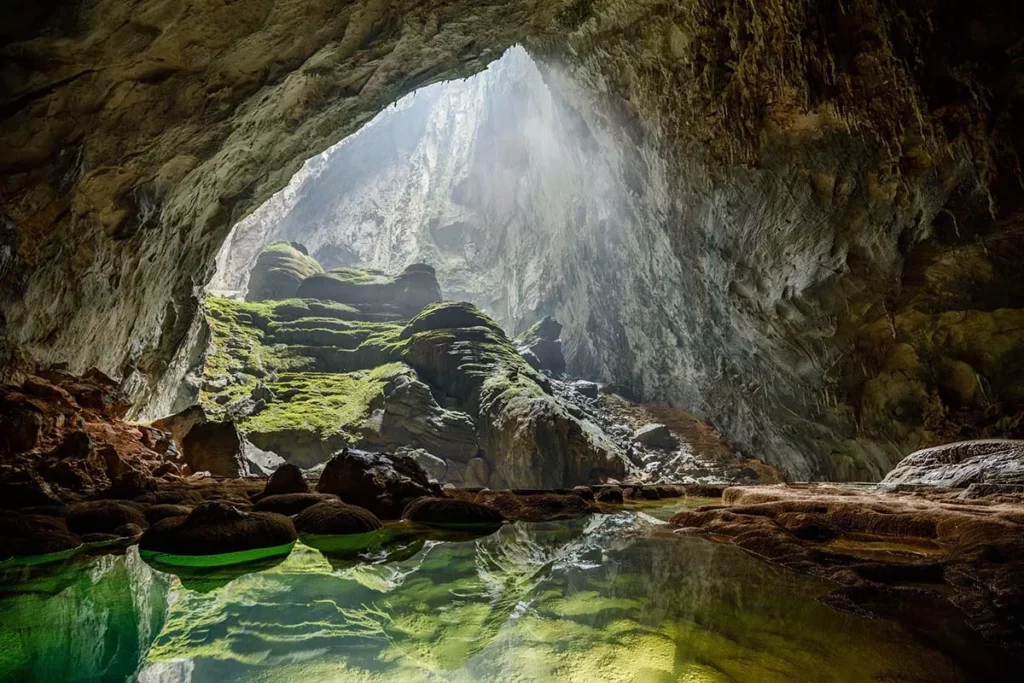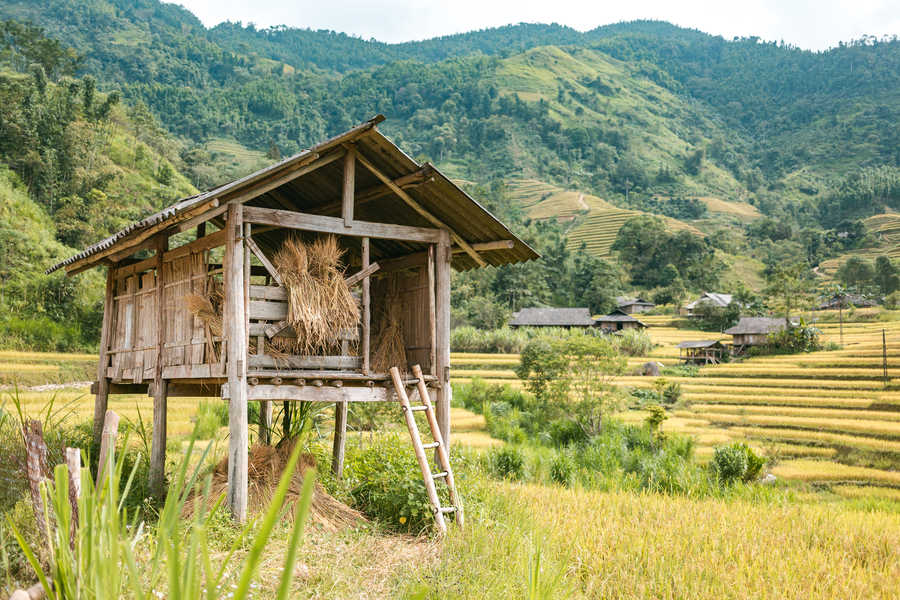The Hmong are a people originally from the mountainous regions of southern China, northern Vietnam, and northern Laos. The estimated global population of this ethnic group is around 5 million. Many Hmong now live in the United States or Canada, having fled their homelands at the end of the war against the Americans. Those who remained in Vietnam live in highland areas, in the provinces of Lao Cai, Ha Giang, Cao Bang, Lang Son, and Lai Chau.
De quoi vivent les Hmongs au Vietnam ?
The Hmong practice swidden (slash-and-burn) agriculture and terrace rice cultivation, which requires particular expertise in irrigation. In many cases, their work contributes to the architectural beauty of the landscapes in Northwest Vietnam! They also grow fruit trees and are known for cultivating poppies, which produce opium. Opium consumption is an ancestral practice that, in the recent past, became a source of wealth for the conquering powers of China and France. Today, they have added handicrafts to their activities, especially aimed at tourists visiting northern Vietnam.
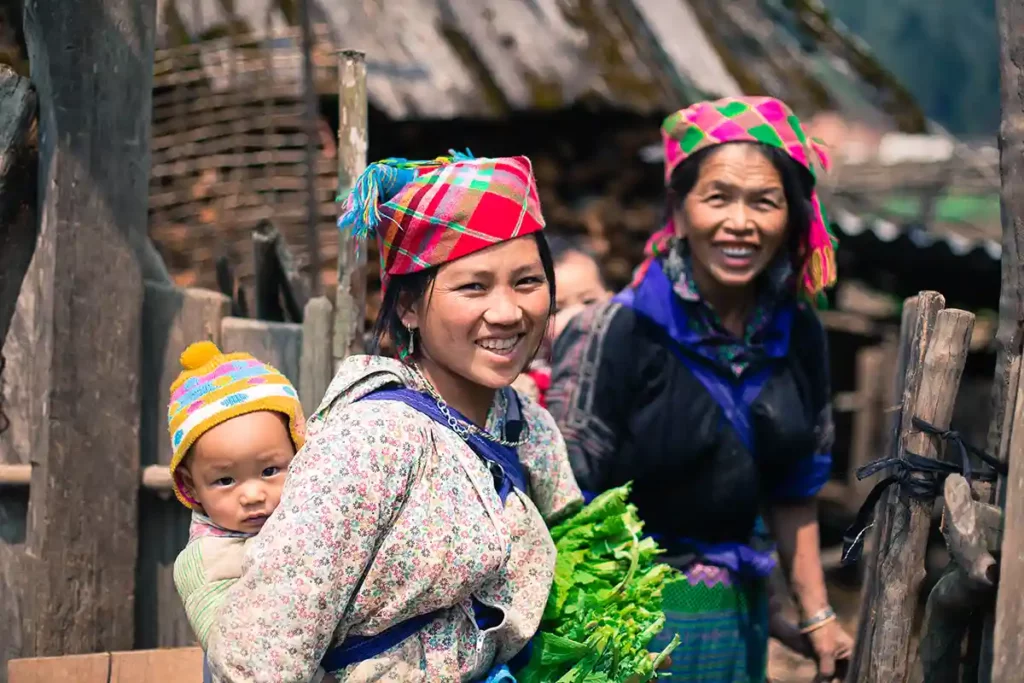
Hmong Women at Bac Ha Market, Lao Cai Province, Vietnam. Photo by Mathieu Arnaudet
How do the Hmong Live?
Hmong houses are rather simple, built from natural materials such as bamboo. The floors inside remain earthen, and there are no walls or windows. As with the Tay, the center of the house is dedicated to the kitchen and ancestor worship. The kitchen is also rudimentary, consisting only of a stove and a few utensils.
What do the Hmong wear?
When thinking of the H’mong, their clothing often comes to mind! These outfits vary depending on the ethnic subgroup… Indeed, there are several groups:
# White Hmong :
– Headwear: Shaved on the sides, a tuft of hair on top, and a turban.
– Skirt: Made of natural-colored fabric.
# Green Hmong :
– Headwear: Long hair over the shoulders, tied into a bun after marriage.
– Skirt: Made of indigo fabric.
# Black Hmong:
– Headwear: Long hair with turbans.
– Skirt: Made of indigo fabric
# Red Hmong:
– Headwear: Long hair with red tufts.
– Skirt: Indigo fabric with embroidery.
# Floral Hmong:
– Headwear: Long hair with hairpieces, red or green scarves.
– Skirt: Indigo fabric with embroidery.
Women also wear numerous pieces of jewelry, including prominent necklaces, bracelets, and earrings. Hmong women’s clothing is very colorful thanks to elaborate embroidery. One of the best places to observe the diversity of their outfits is Bac Ha Market, in Lao Cai Province.
What are their beliefs?
The Hmong are animists who believe in spirits and deities. They believe that at birth, each person has twelve souls, three of which become significant at death: one stays to guard the tomb, another joins the ancestors, and the last is reincarnated. The shaman thus holds an important role in Hmong society, as they have the ability to communicate with the spirits. Shamans are often consulted for funeral and agricultural rituals.
The rituals practiced by the Hmong in Vietnam
# Marriage: Hmong weddings are known for their uniqueness, often described as “marriage by abduction”! In reality, everything is planned in advance, as Hmong tradition has families arranging marriages for their children from a young age. However, the element of surprise is complete, since the young girl does not know when or how it will happen. The morning after the “abduction,” the bride’s family visits the groom’s family to negotiate the bride price, which typically includes rice, pork, rice wine, and other items..
# Funerals: Death is a very important moment in Hmong ritual practice. The soul of the deceased will only be reincarnated if the rites are properly observed; otherwise, the soul will wander for eternity. The purpose of these rituals is to ensure the reincarnation of the soul. The process includes several steps: first, oxen are sacrificed in honor of the deceased, and the meat is eaten during the communal feast held by the village. The body is then bathed by the children, and the entire family goes to the home of the deceased. The body is dressed in funerary attire and placed on a table with objects needed for the journey to the afterlife (bottle of alcohol, cooked chicken, boiled egg, knife, umbrella, etc.). A poem is then chanted as the deceased leaves the home, with the procession led by a woman holding a torch to light the path. Several stops are made on the way to the burial site to ward off evil spirits. Once the body is laid in the ground, the stretcher is destroyed, and the attendees burn incense. The final step is the construction of a fence around the grave.
Other rituals continue for three days following the burial.
Source: Article « L’initiation du mort chez les Hmong » Jacques Lemoine, Revue Francaise d’Anthropologie, 1972.

